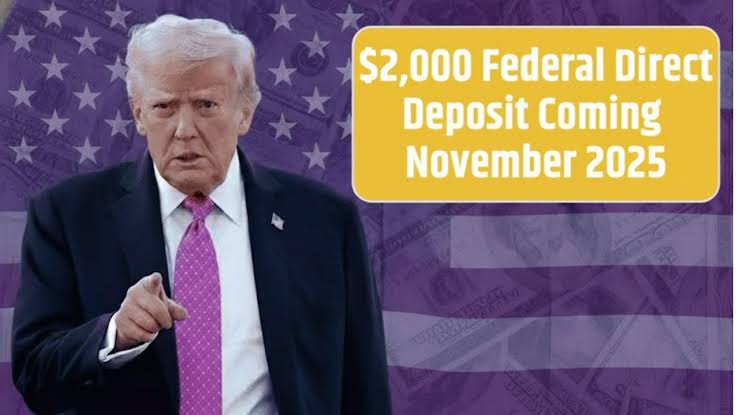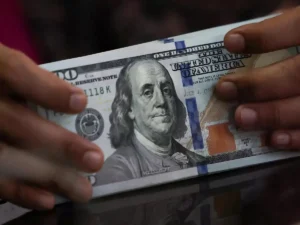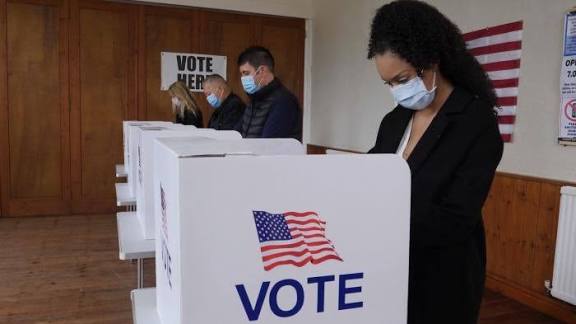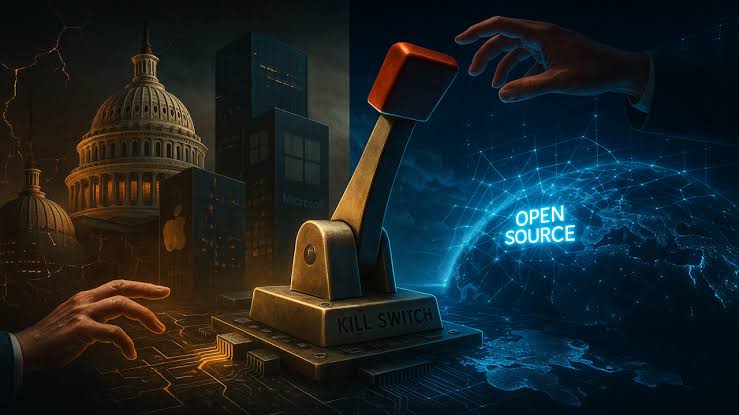Tariff stimulus check eligibility: 2000 tariff check update,2025 When is it coming

Are there any new stimulus checks 2025? When will we get Trump’s $2000 tariff dividend payment?. Today we will discuss about Tariff stimulus check eligibility: 2000 tariff check update,2025 When is it coming
Tariff stimulus check eligibility: 2000 tariff check update,2025 When is it coming
In 2025, one of the most talked-about financial topics in the United States is the possibility of a tariff-funded stimulus check, often referred to as the “$2,000 tariff check.” This proposed payment has generated national attention, confusion, and speculation. While the idea is circulating widely, many Americans are uncertain about who would qualify, how much they might receive, and most importantly, when — or if — the payment will actually arrive.
This comprehensive, 2,000-word guide breaks down everything currently known about the proposed tariff stimulus checks. You’ll learn what the program is intended to do, what eligibility might look like, how payments could be funded, the timeline for rollout, political realities, criticisms, and what you can realistically expect heading into late 2025 and early 2026.
1. What Is the “Tariff Stimulus Check”?

The concept of tariff-funded stimulus checks is based on a simple idea:
The federal government collects billions of dollars each year through tariffs — taxes placed on imported goods. Instead of letting all that money simply flow into the government’s general fund, some policymakers argue that a portion should be returned directly to American households to help offset rising costs of living.
Key points about the proposal:
The payments would be funded by tariff revenue, not new federal debt.
Supporters believe that since tariffs can increase prices for American consumers, returning some of the revenue helps ease the burden.
The idea has been discussed under several names, including
“tariff stimulus checks,” “tariff dividend,” “tariff rebate,” or “American Worker Rebate.”
The payment amount has been widely reported as $1,000 to $2,000 per eligible adult, with possible additions for dependents or children.
While the concept sounds similar to traditional stimulus checks, this version connects directly to U.S. trade policy.
2. Why Are Tariff Checks Being Discussed in 2025?
The renewed push for tariff checks in 2025 is driven by several intersecting economic and political factors:
A. High Tariff Revenue
The United States has significantly increased tariff collections in recent years. Some reports indicate tens of billions of dollars collected in a single month. Advocates argue this is more than enough to fund a rebate program.
B. Cost-of-Living Pressures
Americans continue to face:
higher grocery prices
elevated housing costs
rising energy costs
inflationary pressure in essential goods
A direct rebate is viewed as a quick way to offer relief.
C. Political Momentum
Some policymakers support the tariff rebate because:
It appeals to middle-class and working-class voters.
It avoids adding to the national debt.
It aligns with a broader “America-first economics” narrative.
D. Growing Public Interest
Social media, local news, and online discussions have amplified speculation, making the topic more visible — even though the actual legislation remains uncertain.
3. Is the Tariff Stimulus Check Official?
This is the most important clarification:
As of now, the tariff stimulus check has not been officially approved or enacted into law.
There is no confirmed start date, no official application, no IRS payment schedule, and no legally binding eligibility rules.
The concept is still proposed, not final.
This is where confusion often arises — many headlines imply the checks are already on the way, but legally, nothing is guaranteed yet.
4. Proposed Eligibility: Who Might Qualify?
Although the law has not passed, many reports, policy briefings, and draft proposals provide a strong picture of what eligibility could look like.
Below is the most consistently reported likely criteria.
4.1. Citizenship and Residency
Likely eligible:
U.S. citizens
Permanent residents
Residents with valid taxpayer identification (SSN or ITIN)
4.2. Tax Filing Requirements
Most proposals assume payments would be based on 2024 federal income tax filings, meaning you must:
Have filed a tax return, or
Submit a simplified non-filer form if exempt from filing
4.3. Income Thresholds
While numbers vary slightly by source, common proposed thresholds include:
Individuals: full payment below $75,000 to $95,000
Married couples: full payment below $150,000 to $190,000
Head of household: phase-outs beginning around $112,500
Above those incomes, payments could phase out or be eliminated.
4.4. Dependent Children
Most proposals include an additional amount per qualifying dependent, which could range from $200 to $500 per child.
4.5. Payment Method
If passed, payments would likely be delivered similarly to past stimulus checks:
Direct deposit
Mailed paper check
Prepaid debit card for non-banked individuals
4.6. Non-Eligible Groups (Possible)
Based on previous stimulus rules, these groups might be excluded:
Non-resident aliens
Individuals without valid taxpayer ID
High-income households above phase-out limits
Individuals claimed as dependents on someone else’s tax return
Again — these are proposed guidelines, not final law.
5. How Much Could the Check Be?
While no final figure exists, consistent discussions suggest:
$1,000 to $2,000 per eligible adult
Additional dependent payments possible
Some proposals suggest a family of four could receive $2,400 or more
The actual amount depends on:
total tariff revenue collected
how many Americans qualify
whether the payments are recurring or one-time
how Congress structures the program
6. When Might the Tariff Stimulus Check Come?
This is the biggest question for many households.
Based on all available information:
Possible Early Date: Late 2025
Some optimistic timelines suggest:
November or December 2025 could be possible if legislation passes early.
However, this is considered unlikely because:
Congress has not finalized or passed the plan
IRS would need months to prepare systems
Eligibility verification systems are not in place
More Realistic Estimate: 2026
Many analysts believe:
Payments would likely not be distributed until early or mid-2026, even if approved in late 2025.
Why delays are likely:
Federal agencies need time to build new payment systems.
The IRS cannot issue payments without congressional authorization.
Tariff revenue must be allocated and budgeted first.
Political negotiations may slow down the process.
Bottom line:
There is no official date, but realistic expectations point to 2026, not 2025.
7. Challenges and Criticisms
Not everyone agrees with the tariff rebate idea. Several criticisms exist:
A. No Legal Authorization Yet
The biggest issue is simple:
There is no official law.
No law means no check.
B. Tariffs Raise Consumer Prices
While tariffs generate revenue, they also:
increase the cost of imported goods
raise consumer prices
can cause inflationary pressure
Some economists argue that consumers may end up paying more in increased prices than they receive through a stimulus check.
C. Tariff Revenue Isn’t Automatically “Free Money”
Tariff revenue normally goes into the general treasury fund, not into a designated pool for rebates. Redirecting funds requires:
congressional approval
budget amendments
formal appropriation acts
D. Risk of Scams
Whenever Americans expect checks, scammers appear. Fraudulent websites and texts promising “apply here for tariff check” are already circulating.
E. Administrative Difficulties
Distributing payments to tens of millions of people requires:
updated IRS databases
identity verification
fraud prevention
technology infrastructure
These steps can take months.
F. Inflation Concerns
Some economists worry that injecting billions of rebate dollars into the economy could:
increase demand
push prices higher
undermine the relief the checks aim to provide
8. What You Should Do Now
Even without a confirmed program, there are smart steps you can take to prepare (and avoid scams).
1. File Your Taxes on Time
If the program uses 2024 tax information, filing ensures you appear in the IRS system.
2. Keep Direct Deposit Info Updated
If a payment is approved, this prevents delays.
3. Follow Only Official Sources
Avoid rumors and rely on:
IRS
U.S. Treasury
Congress
Official government press briefings
4. Avoid Scams
Signs of fraud include:
Asking for your Social Security number via text
“You must apply to claim your tariff check”
Websites requesting bank information
Offers to “speed up your payment” for a fee
5. Don’t Budget Around the Check Yet
Since the program is not guaranteed, don’t rely on it for essential expenses.
6. Consider Your Plan If You Do Receive It
If a check arrives, many financial advisors suggest:
Pay down high-interest debt
Build an emergency fund
Save or invest
Cover essential needs first
9. Frequently Asked Questions
Q1: Is the $2,000 tariff check confirmed?
No — it is proposed, not approved.
Q2: Will every American receive it?
No. Payments would likely be based on income and tax filing status.
Q3: Do I need to apply?
Probably not. If passed, payments would likely be automatic for most tax filers.
Q4: Will it be taxed?
Unknown. Previous stimulus checks were not taxable, but final rules depend on the legislation.
Q5: Could payments start in 2025?
Possibly, but unlikely. 2026 is more realistic.
Q6: Are dependents eligible?
Most proposals include an additional payment for children.
Q7: Is this the same as past stimulus checks?
No. These checks would be funded specifically through tariff revenue, which makes the program unique.
10. Final Takeaway: What to Expect Going Forward
As of late 2025, the tariff stimulus check remains a proposal, not a guaranteed program. While there is strong interest and political momentum behind the idea, nothing is official until Congress passes legislation and the IRS receives direction to implement it.
What you can expect:
Continued political debate
Flowing predictions on timing
Possible new announcements in late 2025
Increased clarity if legislation moves forward
What you should not assume:
That payments will arrive automatically
That the program is guaranteed
That the amount will definitely be $2,000
That payments will come in 2025
For now, the smart approach is to stay informed, avoid misinformation, and keep financial expectations grounded in reality.
How useful was this post?
Click on a star to rate it!
Average rating 0 / 5. Vote count: 0
No votes so far! Be the first to rate this post.
About the Author
usa5911.com
Administrator
Hi, I’m Gurdeep Singh, a professional content writer from India with over 3 years of experience in the field. I specialize in covering U.S. politics, delivering timely and engaging content tailored specifically for an American audience. Along with my dedicated team, we track and report on all the latest political trends, news, and in-depth analysis shaping the United States today. Our goal is to provide clear, factual, and compelling content that keeps readers informed and engaged with the ever-changing political landscape.




